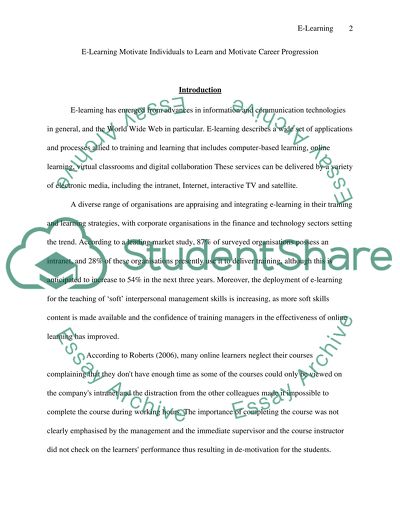Cite this document
(“E-Learning Essay Example | Topics and Well Written Essays - 2500 words”, n.d.)
Retrieved from https://studentshare.org/education/1526315-e-learning-essay
Retrieved from https://studentshare.org/education/1526315-e-learning-essay
(E-Learning Essay Example | Topics and Well Written Essays - 2500 Words)
https://studentshare.org/education/1526315-e-learning-essay.
https://studentshare.org/education/1526315-e-learning-essay.
“E-Learning Essay Example | Topics and Well Written Essays - 2500 Words”, n.d. https://studentshare.org/education/1526315-e-learning-essay.


